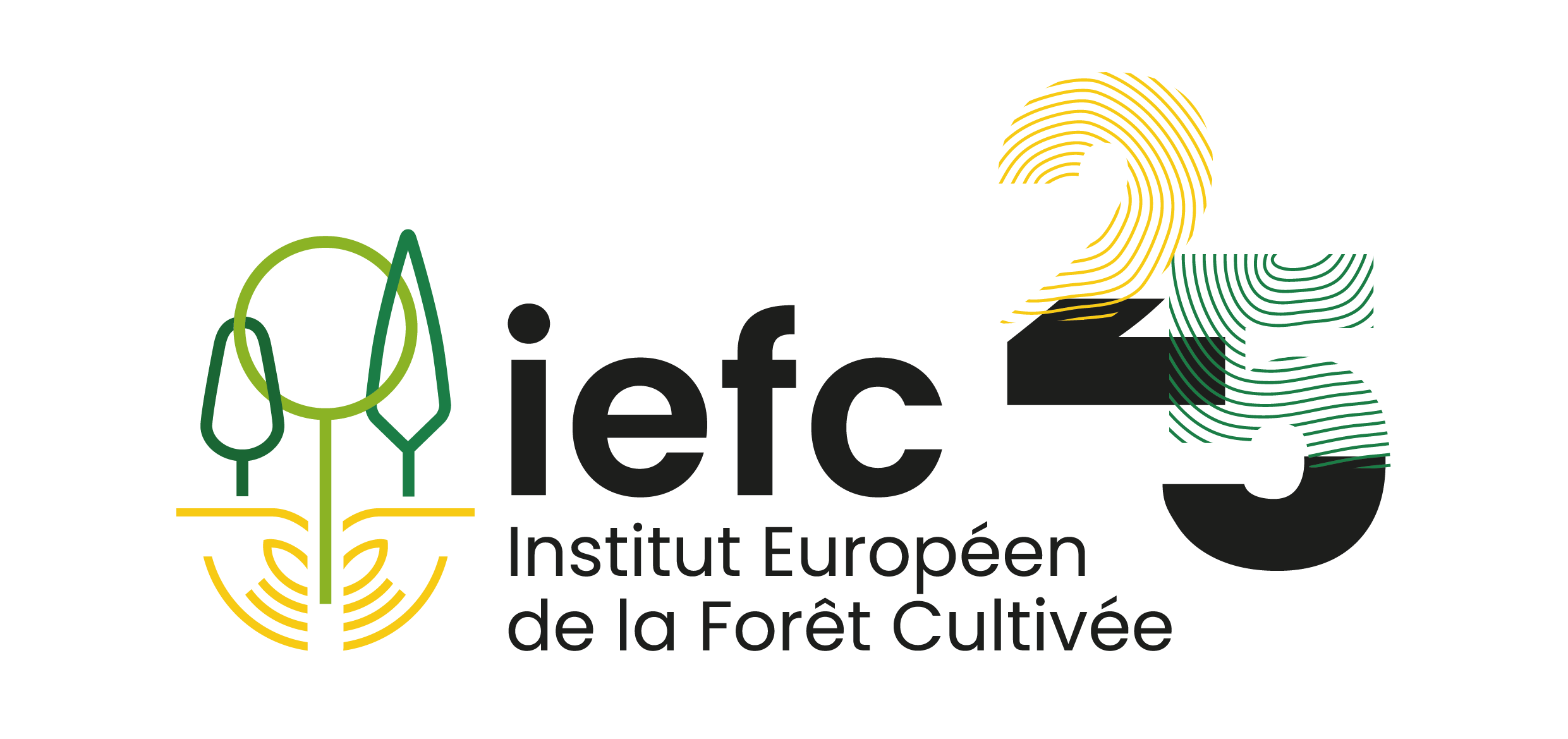
Two recent articles in Nature, Abrupt increase in harvested forest area over Europe after 2015 (Ceccherini et al., 2020) and Concerns about harvested area and biomass loss in European forests (Palahí et al., 2021) have opened up an important debate about the forest-based bioeconomy in Europe and its impact on forest harvesting. What is clear is that the forest harvest has increased by 6% in the last few years (FAOSTAT, 2019) and not the 69% as reported by Ceccherini et al. (2020). The differences in estimate are due to a number of factors that together mean that the predictions of Ceccherini et al. (2020) are unsafe:
1. One of the most important errors in the predictions is due to the increasing sensitivity of the satellites and disturbance detection algorithms since 2015. This increased sensitivity means that many small-scale forest operations such as thinnings and small clearings are now being included as harvesting that were missed prior to 2015. It also means that harvesting or disturbance within the forest prior to 2015 might have been missed in the satellite data at these earlier dates, but would suddenly have been detected in 2015 and would represent a step increase in disturbance levels.
2. There were many examples of erroneous inclusion of natural disturbances. A number of large scale disturbances to European forests in the period after 2015 from wind, pine processionary moths, and bark-beetle attacks were erroneously ascribed to human activity and artificially inflated the estimates of forest harvesting.
3. The methodology of mapping change by counting individual pixels in the satellite data and adding up all the pixels designated as disturbance to compute the total area lacks statistical rigor and can produce biased estimates. A proper stratified sampling methodology (Olofsson et al., 2013) should be used that accounts for both omission errors (false negatives) and commission errors (false positives).
Overall these factors led to the false impression that harvesting in Europe has increased dramatically since 2015. It also led Ceccherini et al. (2020) to ascribe this apparent change to European Union policies on bio-energy and promotion of wood as a source of bio-energy without any evidence supporting that conclusion.
The debate has demonstrated a number of important points:
1. Measuring and monitoring European forests is more important than ever. In particular, it is especially important that we adopt a consistent approach to forest monitoring across Europe (Tomppo and Schadauer, 2008)
2. Remote sensing data must always be checked against other data such as ground-based measurements or national forest statistics (Wernick et al., 2021). Using remote sensing data without corroborating evidence is open to the possibility of mistakes due to incorrect data interpretation or sampling bias.
3. Planted forests will continue to provide an increasing amount of wood and other forest based raw materials into the European industrial sector, while at the same time contributing to the climate mitigation goals of the Europe Union (European Commission, 2018).
4. The demand for wood-based materials will increase as society moves to an economy more reliant on sustainable raw material production with an increased use of plant-based material; the so called “green economy”. Planted forests offer one of the few ways to meet this increasing demand in a manner consistent with a need to also mitigate the impacts of climate change (Gardiner and Moore, 2014).
The role of planted, high production forests is becoming more and more important in the European economy both now and in the future. Despite concerns about the impacts of planted forests on bio-diversity and their vulnerability to different hazards, it is clear that with careful planning and appropriate management practices it is possible to increase the area and production from planted forests (Larsen et al., 2017) that also benefits the environment and with reduced levels of risk (Jactel et al., 2017). The key is a proper understanding of the complex interactions between forests, management, climate, environment, and society. IEFC is in a unique position to help in developing that understanding through its strong network of partners and its direct connection with the forestry and forest products processing sectors.
By: Barry Gardiner (IEFC)
Photo by Thomas Lambert, Unsplash
Ceccherini, G., Duveiller, G., Grassi, G., Lemoine, G., Avitabile, V., Pilli, R., Cescatti, A., 2020. Abrupt increase in harvested forest area over Europe after 2015. Nature 583, 72–77. https://doi.org/10.1038/s41586-020-2438-y
European Commission, 2018. Regulation (EU) 2018/841 of the European Parliament and of the Council of 30 May 2018 on the inclusion of greenhouse gas emissions and removals from land use, land use change and forestry in the 2030 climate and energy framework, and amending Regulation. Off. J. Eur. Union 19, 1–25.
Gardiner, B., Moore, J., 2014. Creating the Wood Supply of the Future, in: Fenning, T. (Ed.), Challenges and Opportunities for the World’s Forests in the 21st Century, Forestry Sciences. Springer Netherlands, Dordrecht, pp. 687–704. https://doi.org/10.1007/978-94-007-7076-8
Jactel, H., Bauhus, J., Boberg, J., Bonal, D., Castagneyrol, B., Gardiner, B., Gonzalez-Olabarria, J.R., Koricheva, J., Meurisse, N., Brockerhoff, E.G., 2017. Tree diversity drives forest stand resistance to natural disturbances. Curr. For. Reports. https://doi.org/10.1007/s40725-017-0064-1
Larsen, S., Bentsen, N.S., Dalgaard, T., Jørgensen, U., Olesen, J.E., Felby, C., 2017. Possibilities for near-term bioenergy production and GHG-mitigation through sustainable intensification of agriculture and forestry in Denmark. Environ. Res. Lett. 12. https://doi.org/10.1088/1748-9326/aa9001
Olofsson, P., Foody, G.M., Stehman, S. V., Woodcock, C.E., 2013. Making better use of accuracy data in land change studies: Estimating accuracy and area and quantifying uncertainty using stratified estimation. Remote Sens. Environ. 129, 122–131. https://doi.org/10.1016/j.rse.2012.10.031
Palahí, M., Valbuena, R., Senf, C., Acil, N., Pugh, T.A.M., Sadler, J., Seidl, R., Potapov, P., Gardiner, B., Hetemäki, L., Chirici, G., Francini, S., Hlásny, T., Jan, B., Lerink, W., Olsson, H., Ramón, J., Olabarria, G., Ascoli, D., Asikainen, A., Jactel, H., Lindner, M., Marchetti, M., Marušák, R., Sheil, D., Tomé, M., Trasobares, A., Verkerk, P.J., Korhonen, M., 2021. Concerns about reported harvests in European forests. Nature 592, 15–17.
Tomppo, E., Schadauer, K., 2008. COST Action E43 Harmonisation of National Inventories in Europe : Techniques for Common Reporting. Brussels.
Wernick, I.K., Ciais, P., Fridman, J., Högberg, P., Korhonen, K.T., From, A., Ceccherini, G., 2021. Quantifying forest change in the European Union. Nature 592, 13–14.

